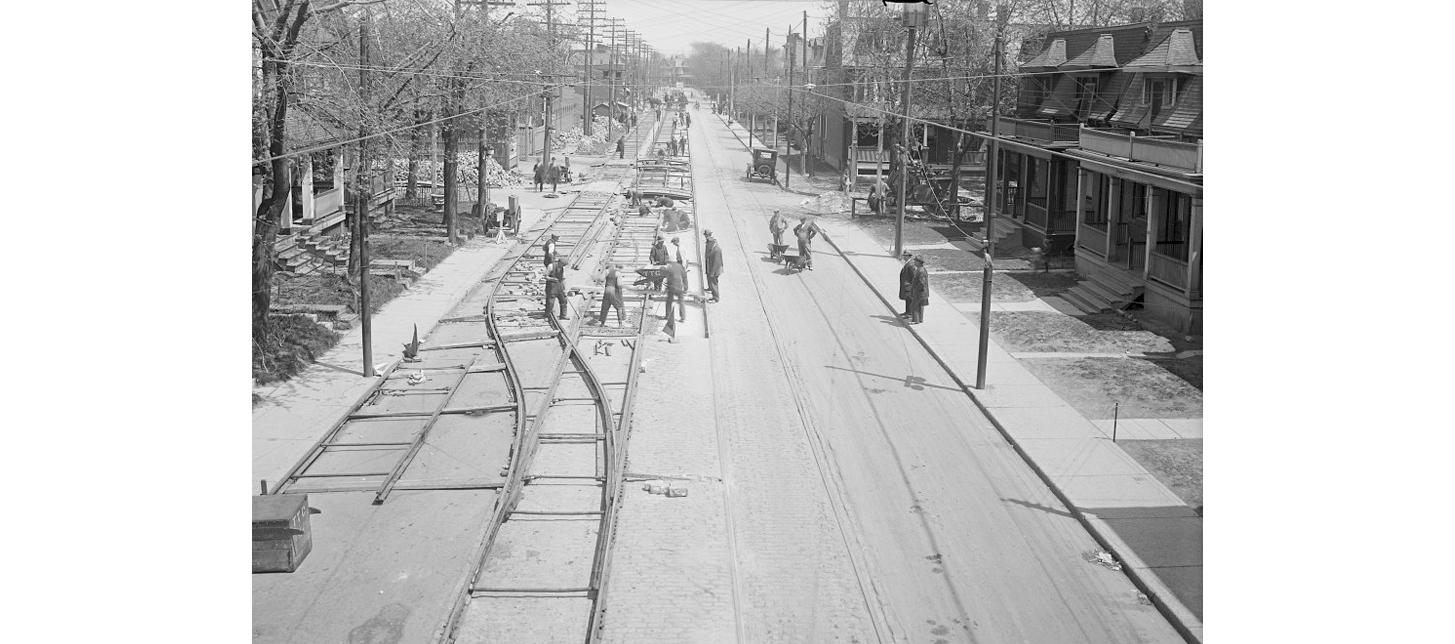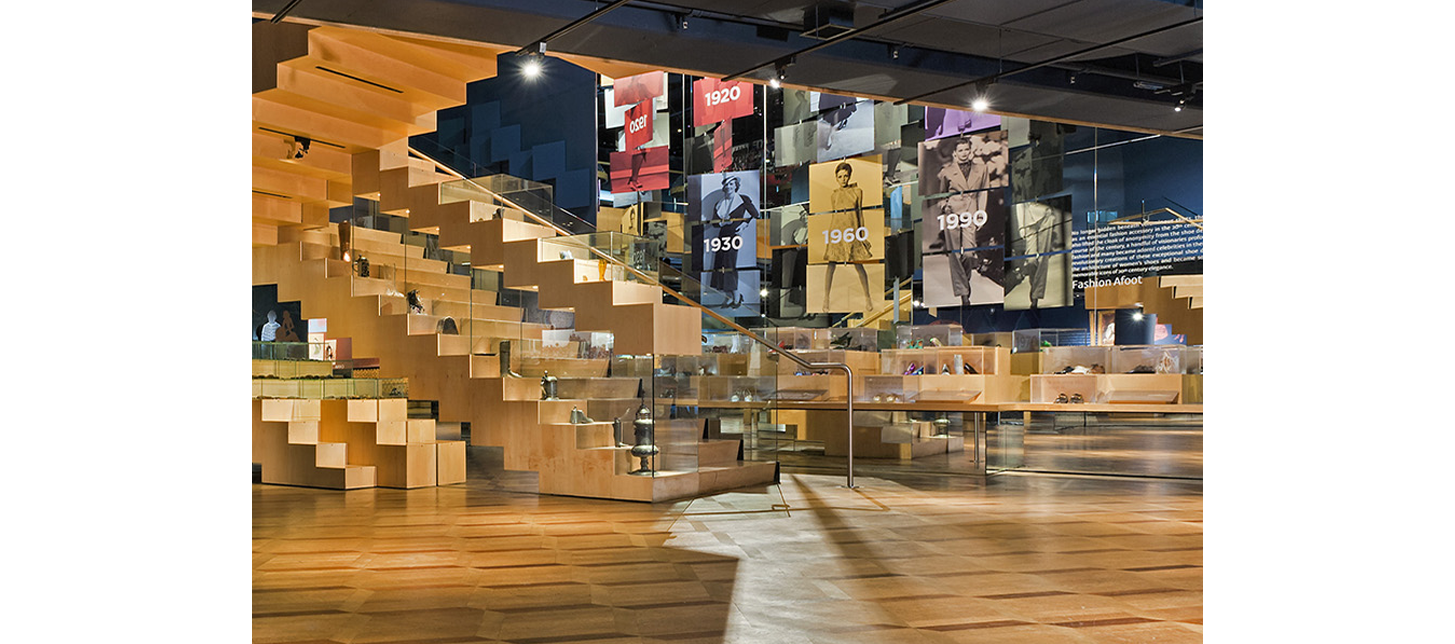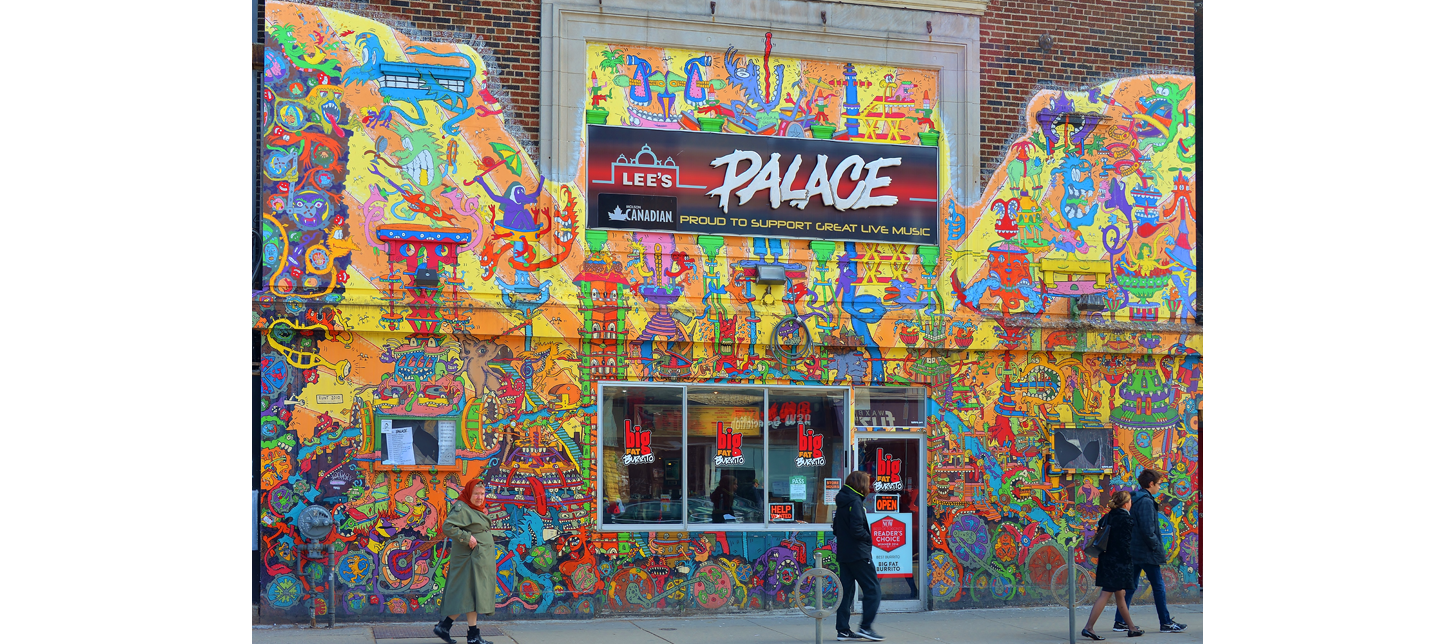
The Annex is one of Toronto’s oldest and most praised neighbourhoods, home to unique architecture, amazing businesses, important landmarks and educational institutions. From home to some of the most influential and wealthy figures of Canadian history, to its current population of students and working class residents, The Annex has always been a residentially-focused Torontonian Landmark.
Located within the boundaries of Bathurst Street on the west, Dupont Street on the north, Avenue Road on the east and Bloor Street on the south. It can also be said that the adjacent Seaton Village and Yorkville areas are included in The Annex.
The Annex borders the University of Toronto, which has resulted in a largely student population, as well as members of the university's faculty. The average income tends to be higher than that of surrounding areas. There is a lower immigrant population compared to many other neighbourhoods, though there was an influx of Hungarian immigrants who moved into the neighbourhood after the 1956 Hungarian Revolution. These days, the area west in Seaton Village is known as “Koreatown” due to the large number of Korean owned businesses, though most just call the area the West Annex.
This neighbourhood is largely residential and the streets are full of massive trees which give the area a more traditional and less metropolitan feel. The area is well known for its uniquely Torontonian architecture, featuring large homes built between the 1880s and early 1900s that combined the American Richardson Romanesque and British Queen Anne styles. These large, beautiful brick homes were originally built for the city's wealthiest citizens, but as the area transitioned into more of a college quarter, these homes have been subdivided into apartments with high seasonal turnover.
Seaton Village or the West Annex shares many similarities with the main stretch of the Annex, although there are a handful of more family-oriented facilities and architecture. More homes built here were of a more reasonable size - perfect for a family and perhaps a bit too small for subdividing.
The stretch of Bloor Street within the Annex is an incredibly vibrant walk, featuring a bustling retail scene, reasonably priced restaurants cafes and pubs, many of which are open late into the night to serve the younger, student clientele that makes up much of the area's population.
The area is also well served by public transit, as it sits on top of the Bloor-Danforth subway line, making it an ideal location to make your home.
The History of The Annex
Settlement by Europeans began in the 1790s as York Township was surveyed and the area became a group of smaller towns. In 1883, Yorkville agreed to annexation with the City of Toronto. A subdivision built in 1886 by developer Simeon James was called the "Toronto Annex" and the area took on that name going forward. The Annex became an official part of Toronto in 1887.
Many prestigious figures of Canadian history lived in the Annex. They include the president of Gooderham & Worts Distillery, Timothy Eaton of Eaton's Department Store fame, and Beatrice Worsley, who received the first PhD in computer science. Co-discoverer of insulin and Nobel Prize winner Frederick Banting, made the neighbourhood his home, as did famed writer Margaret Atwood and baseball star Goody Rosen.
By the early 1900s, the wealthiest citizens began to move farther north to newer areas like Lawrence Park and Forest Hill.
In the 1960s the proposed Spadina Expressway would have divided the neighbourhood, but its citizens successfully halted its construction.
The Annex Landmarks
Bata Shoe Museum
While a shoe museum might not sound like the most fascinating things, this personal collection turned sprawling museum is an educational trip through history, fashion, and technology. A massive variety of shoes and a rotating set of other exhibits makes its home at this Bloor Street location.
Jean Sibelius Square
While not as massive as nearby Christie Pits, Jean Sibelius Square provides a much needed space for greenery and sport in the middle of The Annex's residential streets. It features a playground for local kids, a field for sports, and some greenery to sit beneath in the summer months.
Lee’s Palace
This historic concert venue and nightclub is a staple of the community, with room for over 500 guests on the ground floor and more on the upper dance floor. The venue frequently features up-and-coming rock acts once they've outgrown similar venues like The Horseshoe Tavern, but may not be large enough for Riverside's Opera House. Keep an eye out on their showings, as you might just find your new favourite band before they make it big!
Hot Docs Cinema
Hot Docs has been a community institution and host to Canadian born documentaries and independent films for years. They also play host to a variety of film festivals each year. They now offer memberships and streaming services to experience their unique blend of offerings from home.
Annex Real Estate
The Annex is mainly residential, and streets are lined with tall trees dwarfing the large Victorian and Edwardian houses, most of them built between 1880 and the early 1900s. The 1950s and 1960s saw the replacement of some houses with mid-rise (and a handful of high-rise) apartment buildings in the International style. These were surrounded with landscaped green spaces in an attempt to better fit into the neighbourhood. Due to a government freeze on development in 1975 for buildings higher than 45 feet, most of the original houses still exist.
There are now over 500 buildings in the Annex that are protected by the Toronto Historical Board, so developers have less chance of maximizing their ventures by tearing down old mansions and developing low rises and townhouse complexes. Some of architect Uno Prii's most expressive, sculptural apartment buildings are located in the Annex. Because of its proximity to the university, the Annex has a high rate of seasonal tenant turnover, and its residents range from university students to older long-time residents.
The Annex is home to many examples of a uniquely Torontonian style of house that was popular among the city's elite in the late nineteenth century. Examples of this style survive in the former upper class areas along Jarvis and Sherbourne Street, and also around the University of Toronto campus. Most of these buildings are found in the Annex, and the style is thus known by some as the 'Annex style house.'
The original conception is attributed to E. J. Lennox, the most prominent architect in late nineteenth century Toronto. His design for the residence of contractor Lewis Lukes at 37 Madison Avenue (completed in 1887) introduced a design that would be imitated and modified over the next two decades.
Originally built for some of the city's wealthiest citizens, the houses are generally large. As the wealthy moved away from the neighbourhood, many of the houses were subdivided into apartments.
Looking for the best of The Annex?
Parks
Schools
Please click here for a comprehensive list of schools in The Annex..
Restaurants
Le Paradis: Small menu of French fare in a cozy space with tucked-away seating nooks for romantic meals.
By The Way: Hip spot with a colourful patio & lively vibe, serving Middle Eastern eats with a Latin influence.
Country Style Hungarian Restaurant: Checked tablecloths adorn each spot at this homey locale for Canadian-style Hungarian cuisine.
Cafés
Slanted Door: Typical coffee shop beverages, baked goods, & white brick walls covered in a series of rotating art.
First & Last Coffee Shop: Neighborhood café serving creative coffee drinks & light bites in snug digs with outdoor tables.
Future Bistro: Homey, spacious spot with a lively patio, serving pints, hearty European fare & baked goods.













